Hinduism and Buddhism are the two major religions of Nepal and these two form the culture and society of this glorious land.
Women and Children visit neighborhood shrines at dawn to offer worship to the gods. Holding plates of rice, flowers and vermillion powder, they perform puja by lighting incense, ringing the temple bell, and applying tika, a red paste on their foreheads. Passerby stops at temples and shows their reverence to the god by spending a few minutes praying. Both these are bound together by a sense of fellow feeling and bonhomie particularly displayed in their worship of common deities and joint celebration of many festivals belonging either religion or culture. Kumari, the virgin Hindu goddess, for instance is selected from a Buddhist clan.
A remarkable feature of Nepal is the religious homogeneity that exists. The exquisite architecture and artistic embellishment of the Nepalese pagodas that enshrine the bronze and stone images of great beauty are pictorial buildings depicting Nepalese culture.
In Nepal, where Hinduism is tempered by Buddhist and other influences, caste doesn’t dominate social interactions to quite the extent that does in India. Nevertheless caste is deeply ingrained in the National Psyche, as even non Hindus were historically assigned places in the hierarchy based on ethnic affiliation or occupation. For most Nepalese caste and status continue to determine what they do for a living. The vast majority in any Kathmandu crowd however are Newars, the indigenous group that boasts of one of the oldest and most complex cultures in Asia. The Newars are tenaciously conservative, they cling to unique ancient customs like the cult of the Living Goddess Kumari, Tantric animal sacrifices, charming pre puberty rites of marriage of girls to immortal Vishnu (so they can avoid ever becoming widowed), and rites that celebrate old folks who reach the revered age of 77 years seven months and seven days. The love of ceremony is one Newar trait shared by all the Nepalese of the Valley. A polite manner is another. The pace of the valley is relaxed. If something can’t be done today, there’s always tomorrow or the day after so there’s no reason to worry or get upset. Nepal has never been occupied or colonized by a western power so its people have never developed a feeling of inferiority to westerners.
In the capital city of Kathmandu, itself one may notice that even some of the more stringent observances have been brushed aside with the growing interest in western life style and culture. Particularly along side with the younger generation, the interest has waned in preserving the old ways. The origins of many customs may be attributed solely to superstition, while others have obvious common sense applications, particularly those surroundings cleanliness. Nepali social functions usually begin with an extended periods of drinking and conversing and the meal will be served quite late in the evening.
Nepali people take a special delight in the company of foreign visitors.
Being polite people themselves, the Nepalese appreciate the same quality in others in their society. There are only few extraordinary rules to remember. The ‘Namaste’ greeting is made with the hands folded chest high and the head slightly bowed. Some westernized Nepalese are enthusiastic hand shakers, others are not. The right hand is considered to be the clean hand, the only one with which you offer anything, but you should never offer anything from a cup or bowl which you are using for your own food or drink. Public displays of affection between members of the opposite sex do not occur and foreigners should also refrain from it but handholding and embracing between members of the same sex is not uncommon. Never touch anything with your feet. This is considered an offence among Nepalese. Seek permission first before entering a Hindu temple. Many Hindu temples do not allow westerners to enter. Walking around temples or stupas is traditionally done clockwise. Remember many times when a person shakes his head from left to right, he may mean “yes”.
राजनीतिक प्रभुत्वदेखि मृत्युदण्डसम्म
3 days ago

































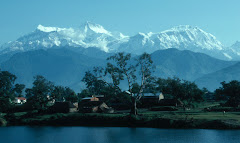
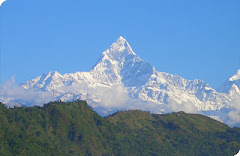

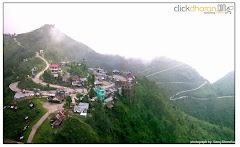.jpg)
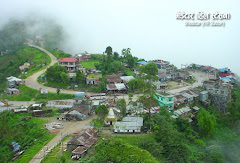.jpg)















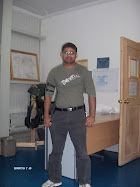

%5B1%5D.jpg)




No comments:
Post a Comment